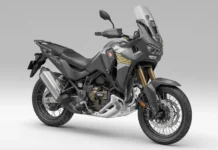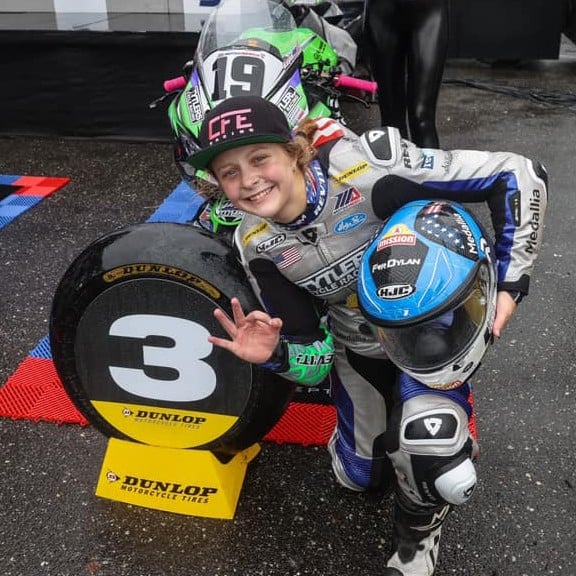The new and refined Schuberth S3 helmet has arrived in the US, offering much more than its predecessors—the S2 Sport model from 2017 and the S2 over a decade ago. Schuberth is best known for modular-style helmets, and the S model range, now just the S3, is Schuberth’s only full-face helmet, a direct descendent from a line that dates back to 1976.
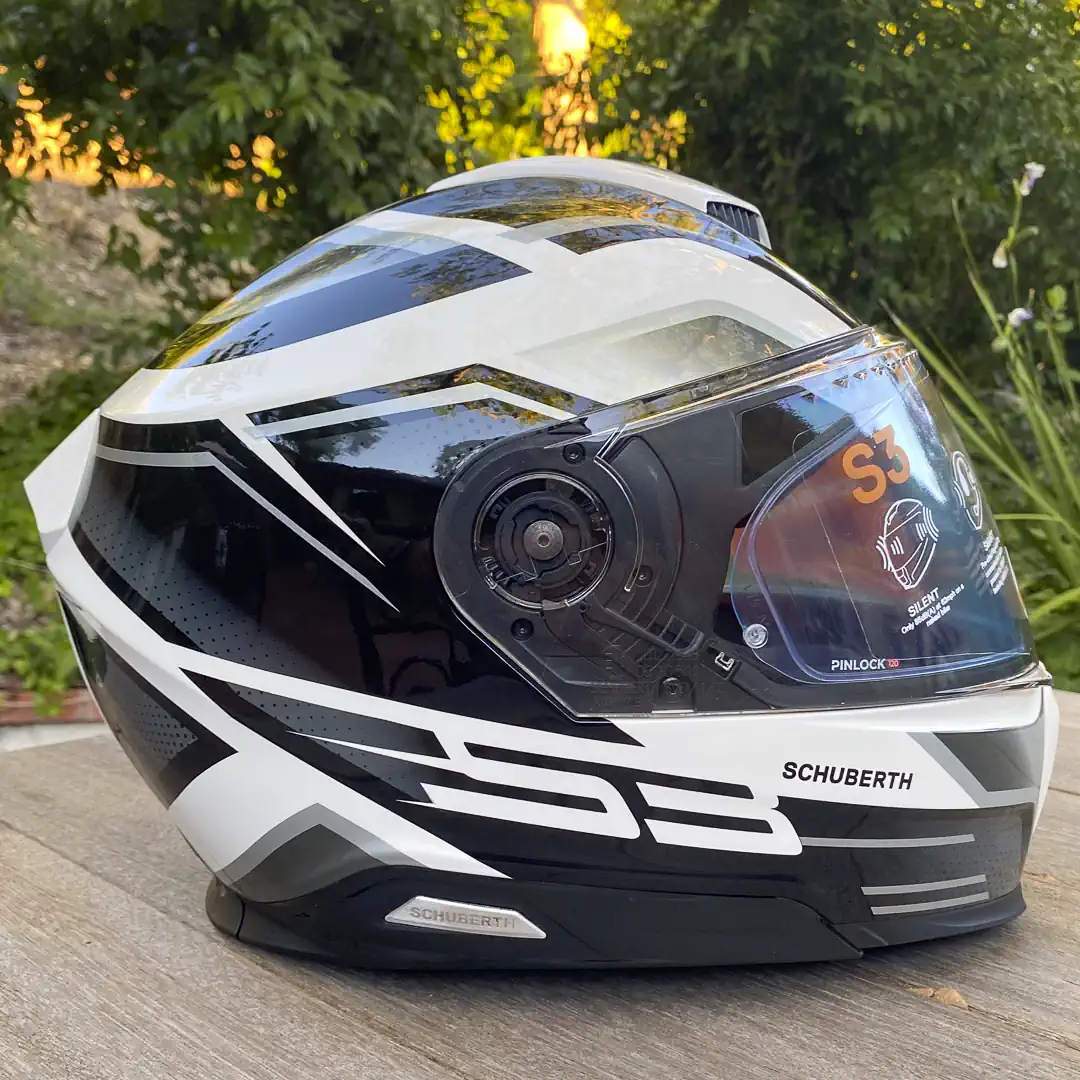
I can only theorize that the long gap could have been caused by some company ownership changes over the years and more focus on its popular modular helmets. The Magdeburg, Germany-based brand manufactures helmets for many industries and purposes, including motorcycling and F1. It has been on a roll, relative to their historical timelines, for the last 16 months. In May last year, the new flagship C5 rolled out, followed by the March debut of the E2, an ADV-style version of the C5. Enter the S3 this month.
Compared to other leading helmet manufacturers, Schuberth is relatively small. The company doesn’t change models often; it is known for incremental changes that go toward perfecting the roster. It’s a reason I find Schuberth’s products so well done and aesthetically appealing. There is but one assembly line, so the new models are first produced with ECE certification for the EU. Then, when the needs of European buyers are met, Schuberth makes a few changes to the assembly line and builds the DOT-approved models sold in the US.
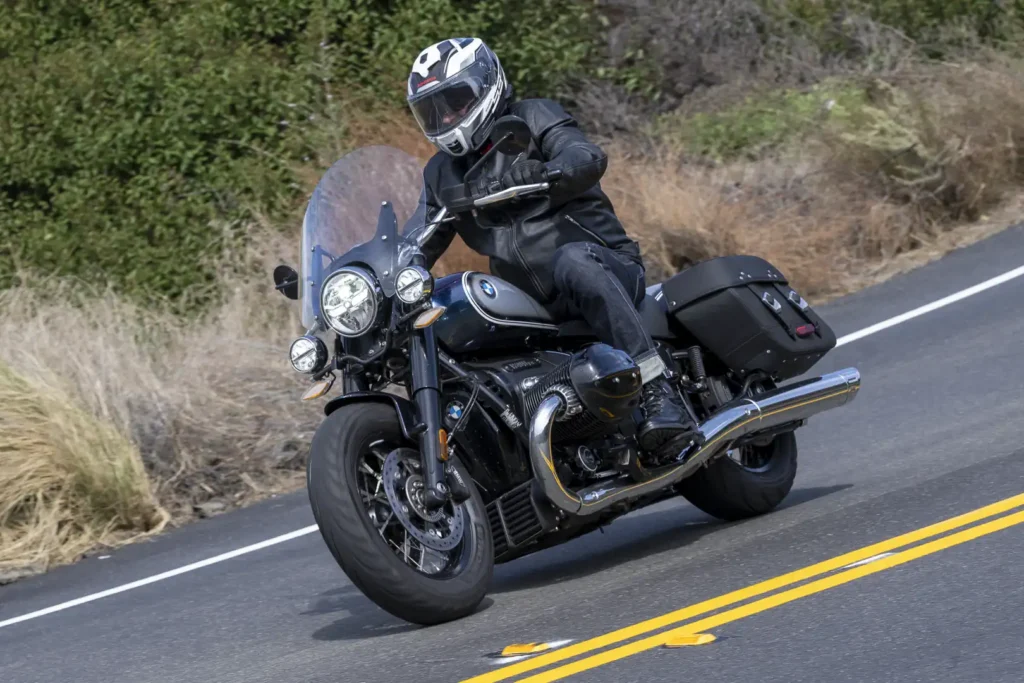
Schuberth does not create a dual-standard (ECE, DOT) helmet. Instead, the company focuses on the differences between ECE and DOT requirements and weight. In that time gap, Schuberth’s EU helmets are sometimes imported privately into the US. However, those helmets will be refused service, if ever needed, at Schuberth’s California service center. Anecdotally, the S3 is my 14th Schuberth helmet in 15 years—yes, Ultimate Motorcycling keeps my head busy—and none have ever required service. I’ve replaced a few face shields, but that is all.
Speaking of face shields, replacement on the S3, as well as all the latest Schuberth helmets, requires no tools. Depress two small plastic levers in the hinge area and the face shield rotates up and out. Putting it back in simply requires aligning the new shield and rotating it down and on. They’re just about the easiest to swap of any helmet I’ve sampled.
The new Schuberth S3 I’m testing arrived in a sweet Storm Silver colorway in my usual size—Large.
When I first began the donning process, I was convinced the helmet was much too small. I pulled the straps as wide as they would go and took a leap of faith that the fire department wouldn’t need to be called to pry this helmet off my nose. I’m exaggerating—a little. However, once the S3 was fully on, I realized it fit perfectly—as my head does in all Schuberth size Large products. My old Schuberth SR1 racing helmet fit similarly. The helmet is tricky to get on, and that’s a good thing. Keep that in mind when trying it on at a shop with the help of a trained salesperson, which we recommend you always do.
With the Schuberth S3 on my head, I immediately noticed the race-helmet fit of the newly designed neck rolls. They are superbly molded to curve along the underside of the wearer’s jaw, lined with soft polyester material, and mixed heavier-duty fabrics on the external sides.
The reason for the tight neck rolls is wind and loud exhaust noise abatement. Modular helmets generally surround the neck better than full-face helmets because one can open the front to enter and then close the chin bar, so the seal can be built tighter. Full-face helmets are designed to be as tight around the jaw and neck as possible yet still allow riders to get them on and off. No full-face helmet, of the many I have worn since forever, seals as well around the bottom or is as stubborn to enter as the S3, and I like that a lot.
Schuberth claims the noise level is 85 dB(A) at 100 km/h (62 mph). We take noise level assertions with a grain of salt, as every head is different, and we cannot measure the sound level reliably. However, anecdotally, on my head, the S3 seems quieter than all the others on my wide shelf, and I credit the neck roll design. Other factors unquestionably come into play, including the directly processed glass fiber (Schuberth Direct Fiber Processing) shell reinforced with a basalt layer; it also improves shock absorption and weighs less, according to the manufacturer. The fresh inner shell sports a new dual-density EPS layer to further protect your brain.
There’s much changed and lots to talk about what Schuberth has developed since the S2 of 2017. Schuberth’s wind tunnel helped them redesign the shape to minimize wind noise and improve aerodynamics. During days of riding of every type—urban to freeway to canyons—I felt little drag, no oscillation or whistling, and zero lift-tendency while wearing the Schuberth on both naked and faired bikes at all speeds.
Schuberth now offers various-sized head and cheek pads to allow a bespoke fit. Called the Individual Program, it began with the C5. While I have not tried it because I’m a good fit right out of the box, this option may help some riders who have stated over the years that Schuberth was not a good head shape for them.
The Individual Program caters to five different head shapes, varying from round to extreme oval, with two types of cheek pads—Sport “for a more aggressive and stable fit” and Comfort “for a softer and looser fit.” Individual Program is available for M, L, and XL Schuberth helmets only, and the company’s website nicely describes the measurements of each set to assist in fitment. A pair of cheek pads runs $59, and the head pads are $35.
Also new is the Schuberth Rescue System—quick-release straps at the bottom of each cheek pad. This enables rescue workers to remove the cheek pads and facilitate safe helmet removal in emergencies. Schuberth joins other manufacturers who have this important feature.
The chinstrap has been angled forward slightly for comfort, as with the C5 and E2, and Schuberth continues to utilize the Anti-Roll-Off-System, as it has in all moto helmets for years. A pair of straps cleverly integrates with the chinstrap, tightening upon impact to prevent the helmet from rolling forward off the rider’s head.
Naturally, the S3 retains Schuberth’s signature flip-down sunshield that, at one time, was unique to the brand and attracted my first purchase. There is a pre-installed Pinlock anti-fog lens, as well.
The chinstrap is a ratchet rather than a double-D-ring. It has felt-like backing tabs under the chinstrap hook-and-loop material to secure and align the tabs before affixing the ratchet strap. I’ve not seen this anywhere before.
The S3 has double chin air intakes, like Schuberth’s C5 and E2. The upper is a tilt-forward type. The lower slides down to open and are backed by a replaceable foam filter. They are easy to find and operate with gloved hands. I found that venting from the new double front chin air intakes increased air volume remarkably well. The intakes on top of the helmet seem to flow just about the same amount of air as did earlier models and is about average compared to industry norms.
Owners of both the S3 and C5 helmets may like that the face shields are interchangeable. The face shield has been improved with a stiffer “city” position detent, allowing higher-speed riding with the shield in the smallest open position before it slams shut. This new shield is available to retrofit early C5 helmets.
The S3, like the C5 and E2, utilizes the Sena-sourced SC2 ($349) Bluetooth and mesh radio comm system that snaps into two places on the helmet in about five minutes. The helmet is pre-wired with speakers (about 40mm by my ruler), a microphone, and three antennas (Bluetooth intercom, mesh intercom, and FM radio). It is also ready for Bluetooth and mesh intercoms, FM radio, telephone integration, and music. I like that this unit will interface with most moto entertainment systems, and BMW’s multi-controller operates the volume on most late models, which it has not done with older and other brand comm units.
My riding styles include sport, sport-touring, and cruising. I have many helmets from most major brands, yet I find myself reaching for my Schuberth helmets more than any others. The reasons are the fit on my head, utility, quality, and perceived safety. I cannot ask for more in a helmet, and the Schuberth S3 is the new king of my helmet shelf.
Schuberth S3 Fast Facts
- Sizes: XS – XXXL (53 to 65)
- Certifications: DOT FMVSS No. 218
- Solid colors: Gloss White; Matte Black; Concrete Grey
- Graphics: Storm Blue; Storm Orange; Storm Silver
Schuberth S3 Prices: $599 (solids) and $699 (graphics)



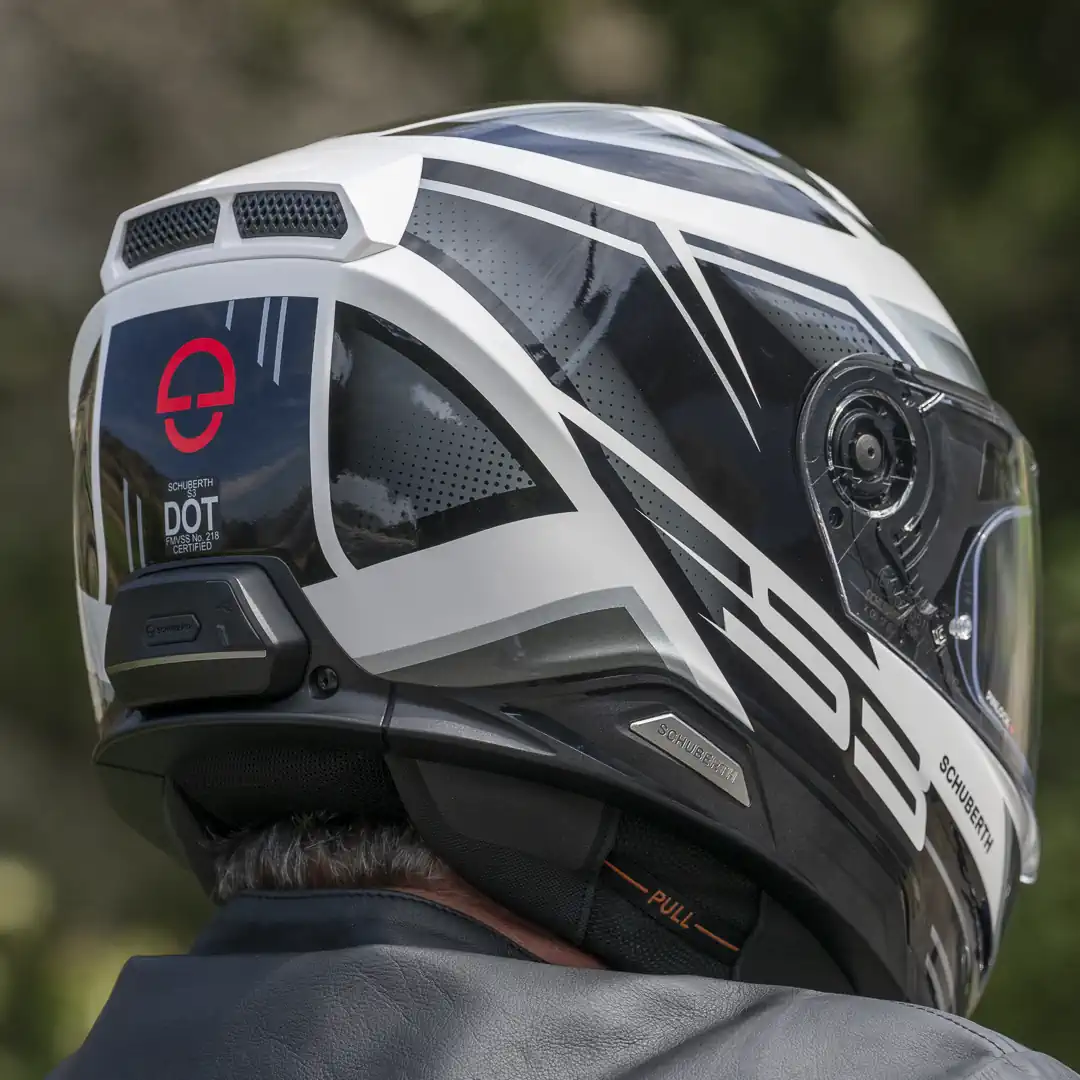
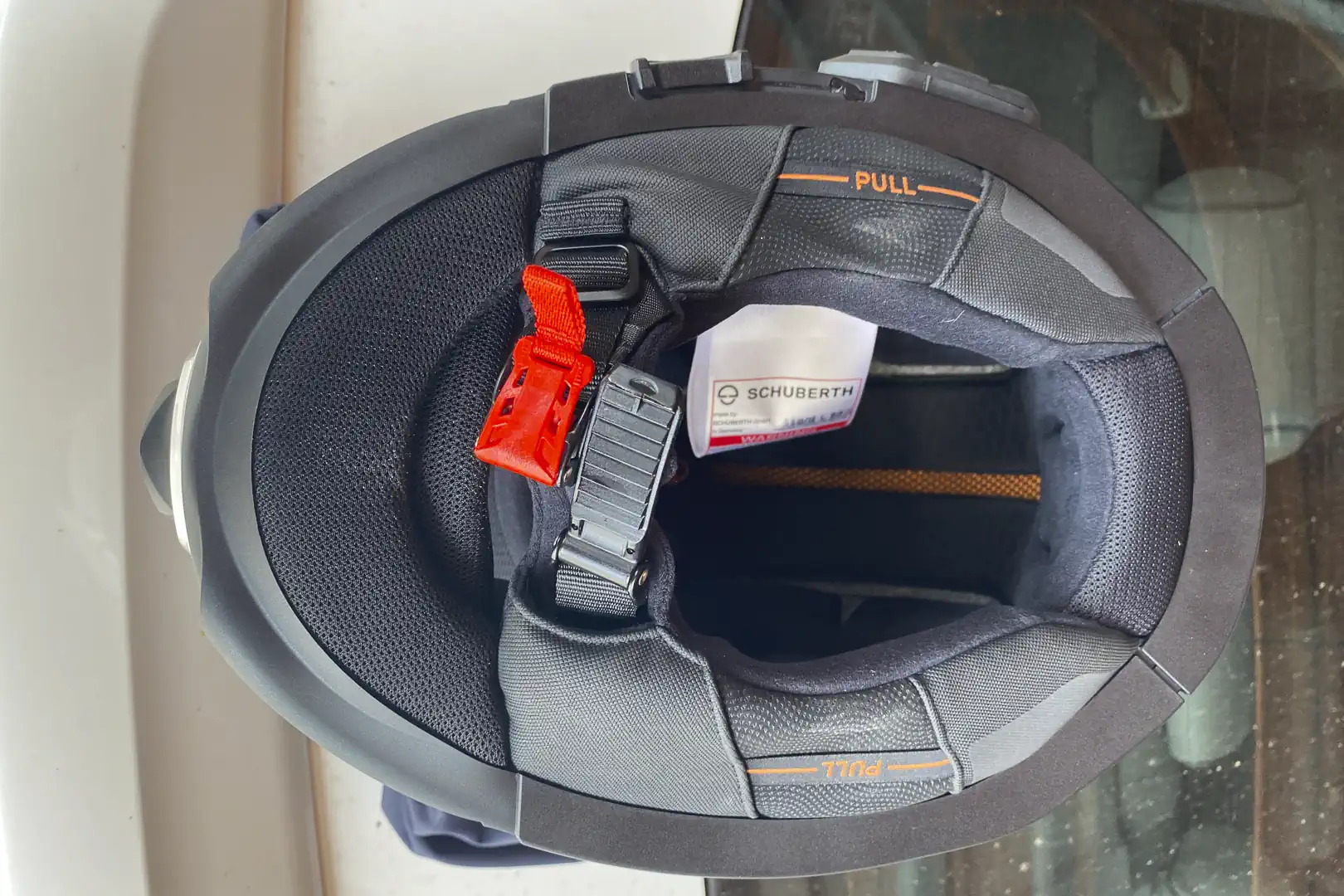
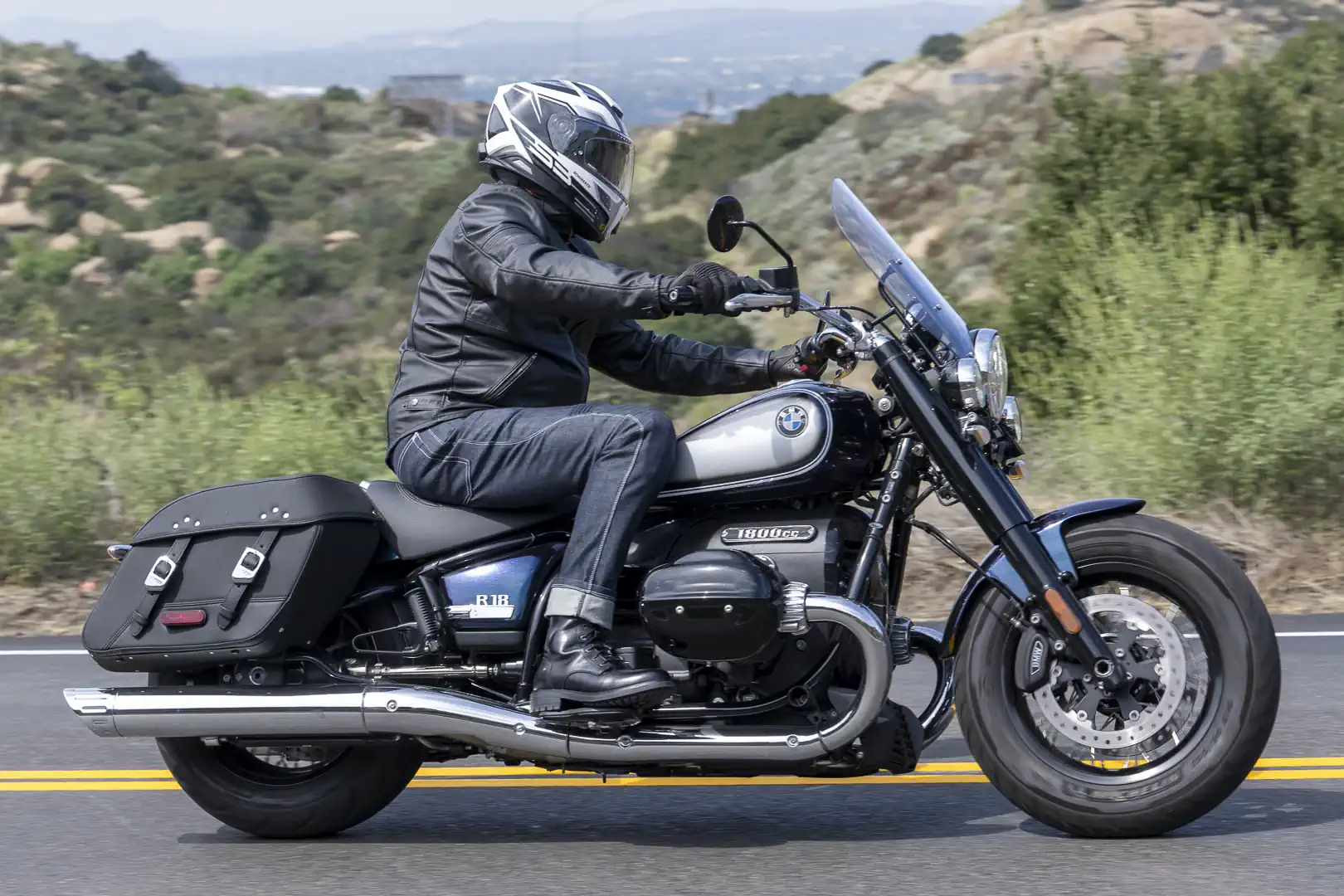
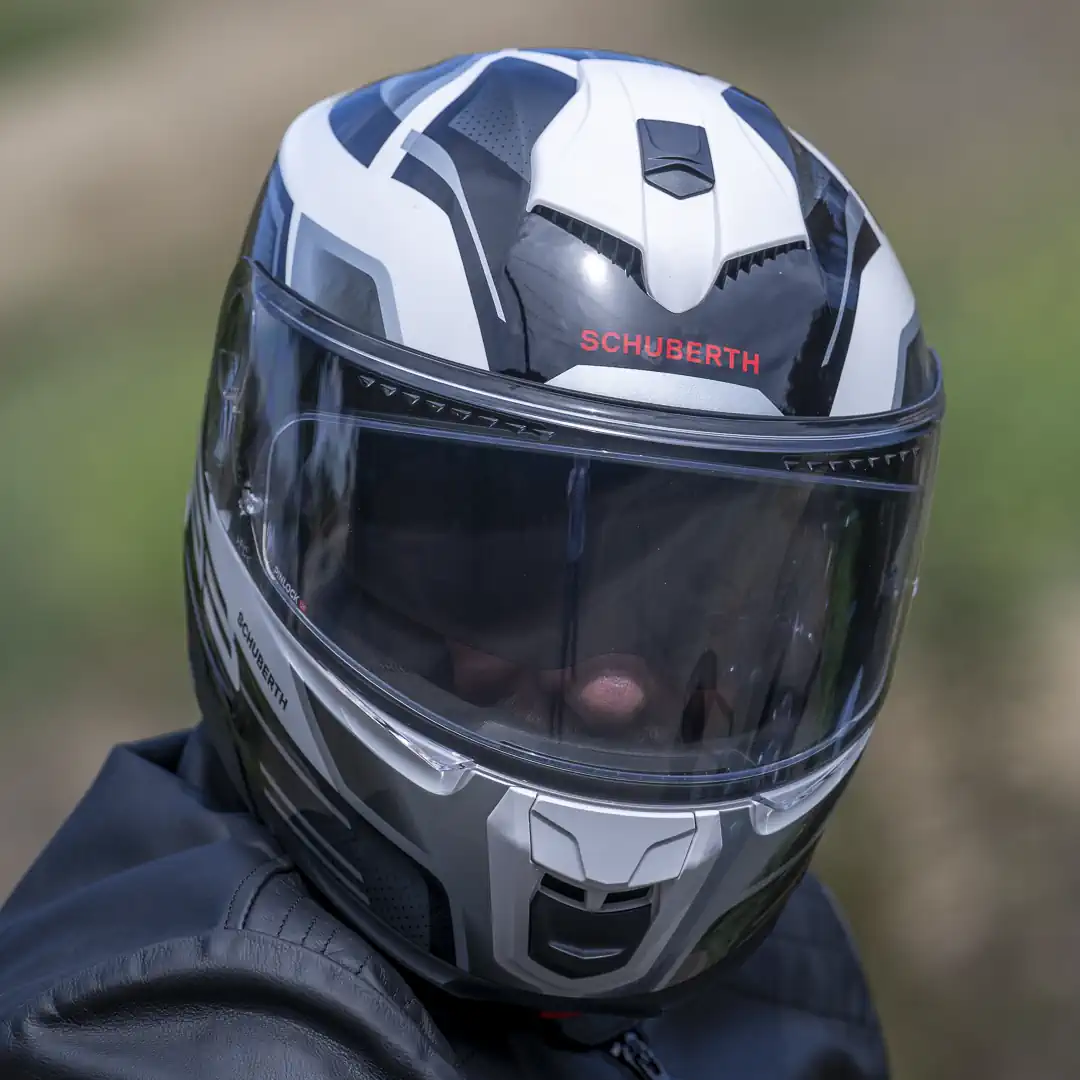
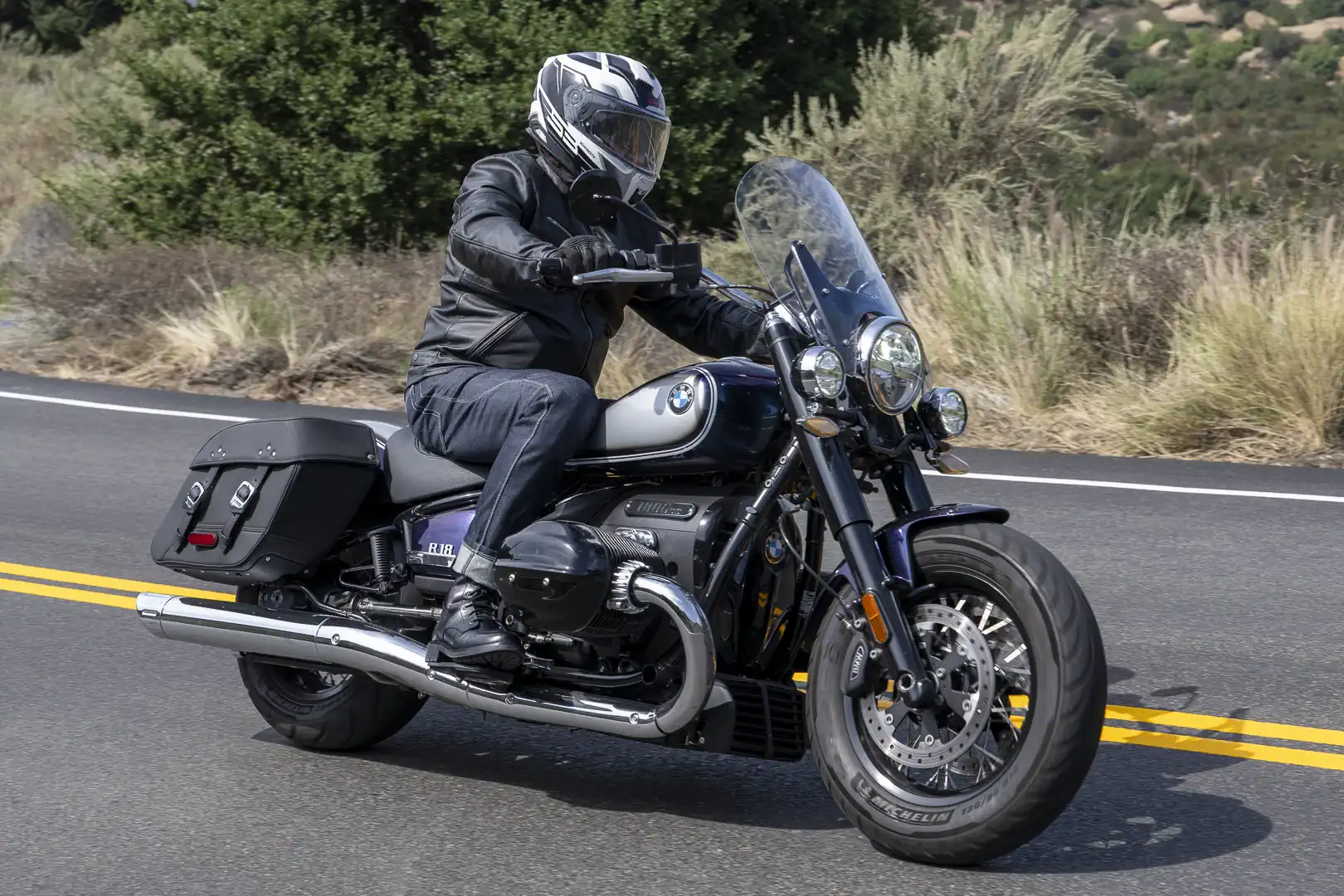
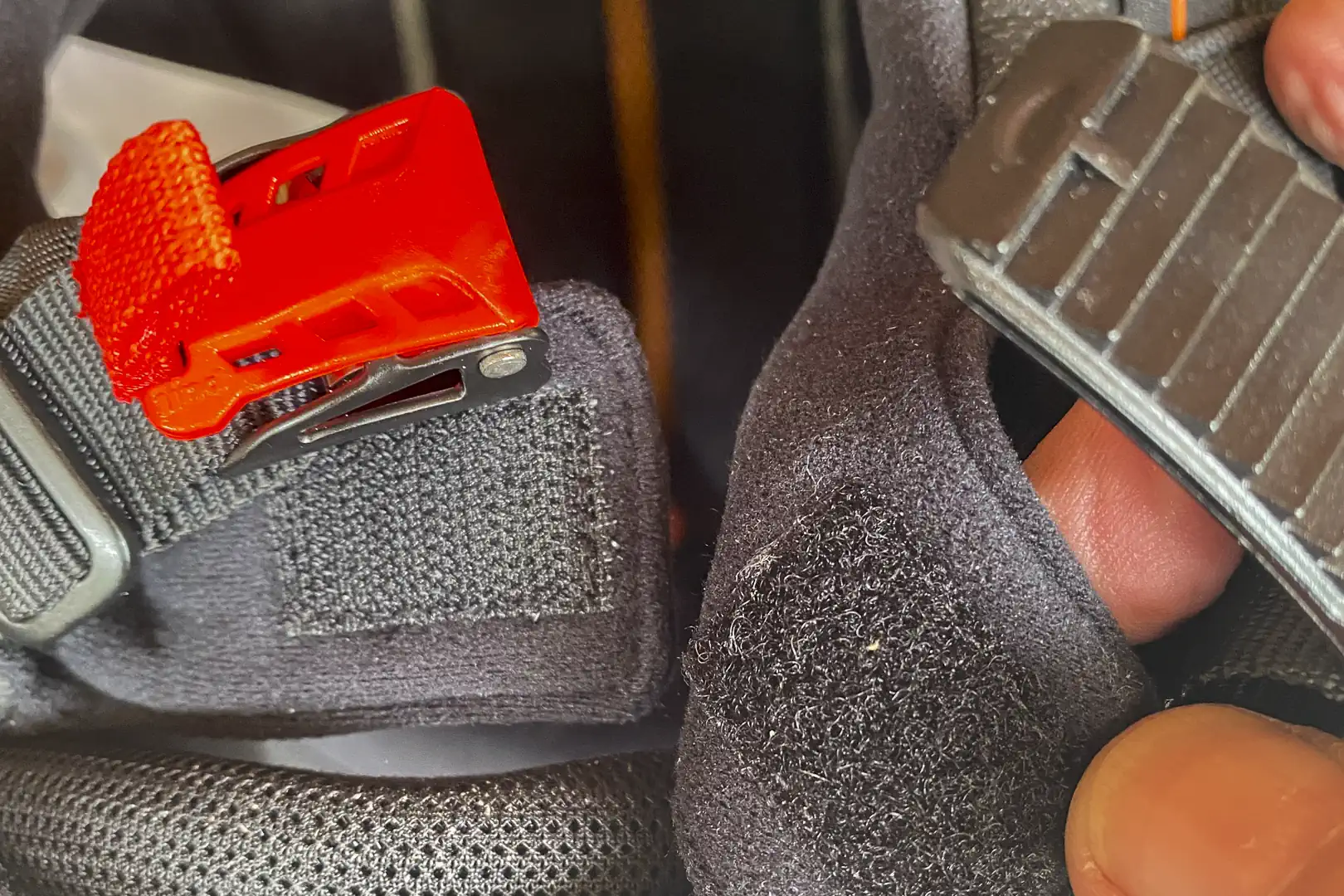
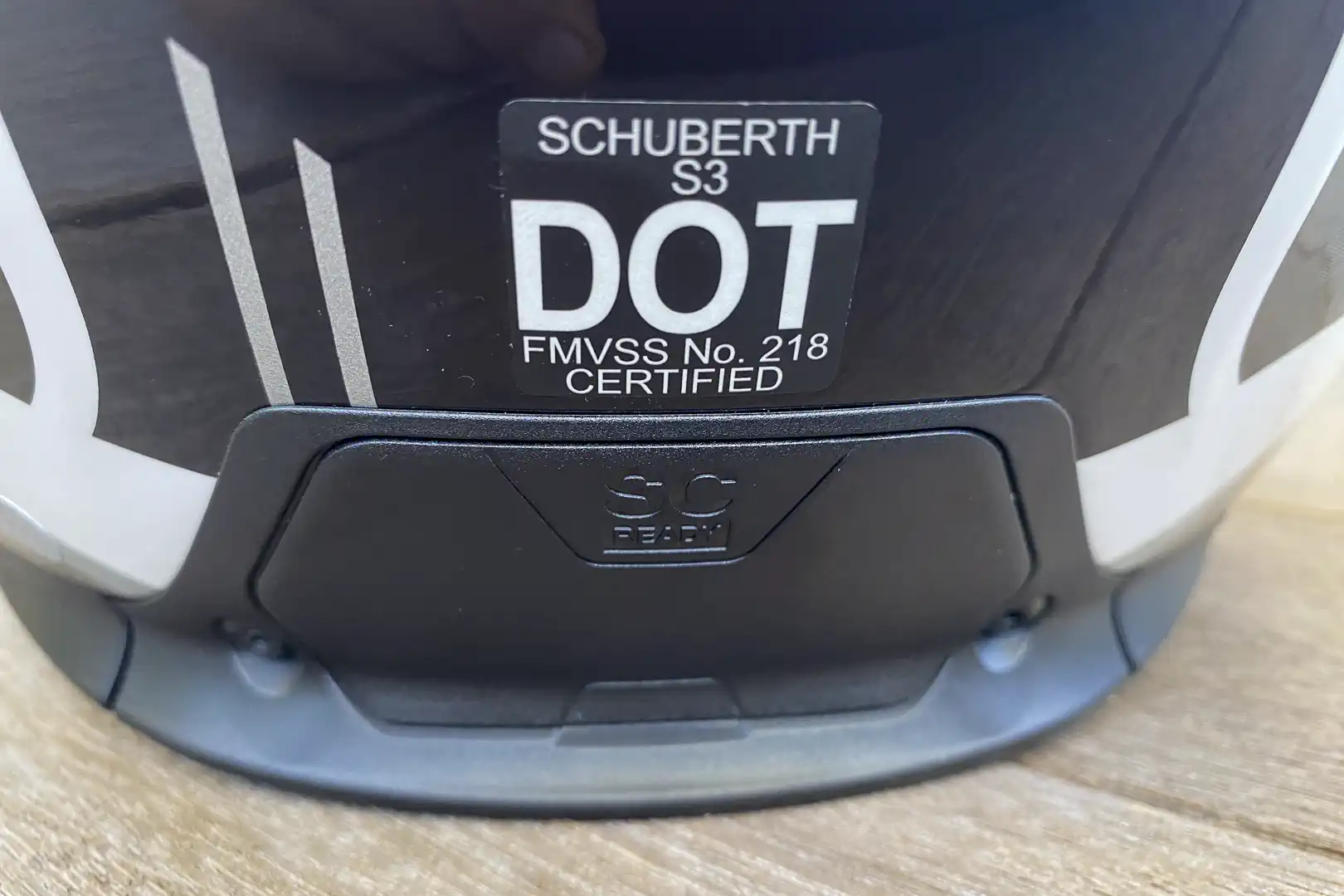
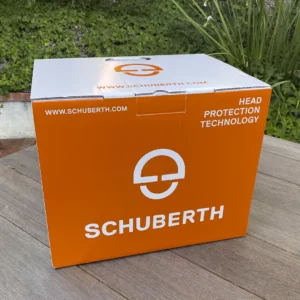
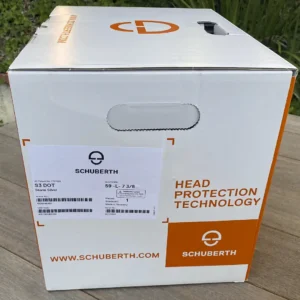
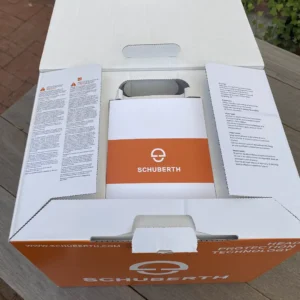

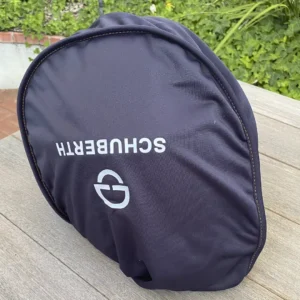
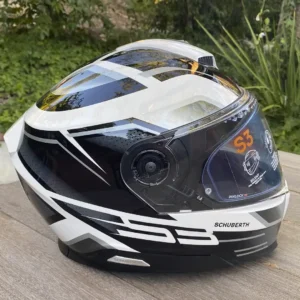
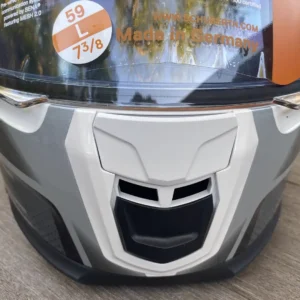
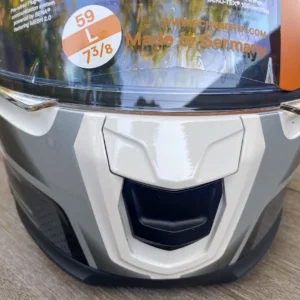
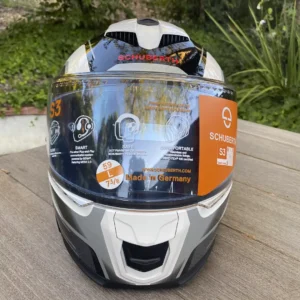
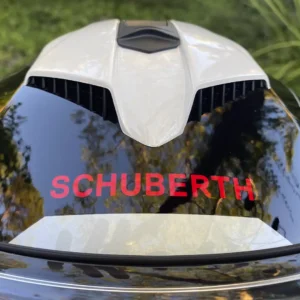
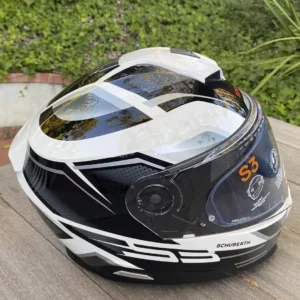
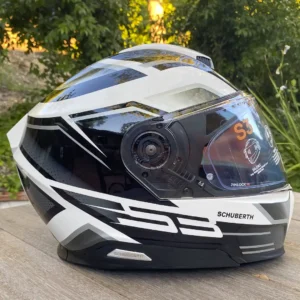
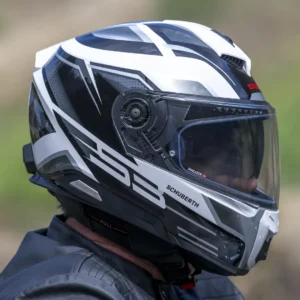
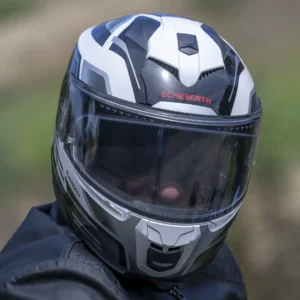
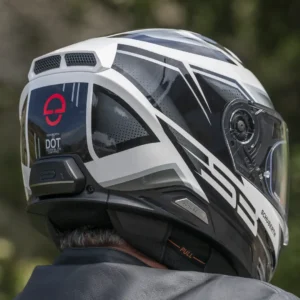
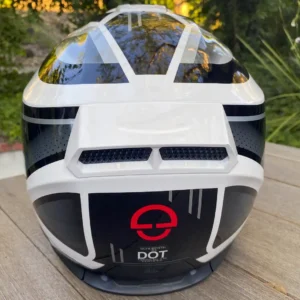
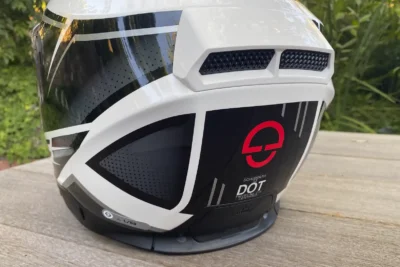
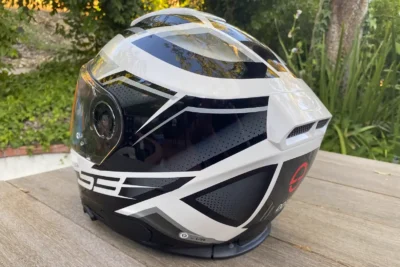
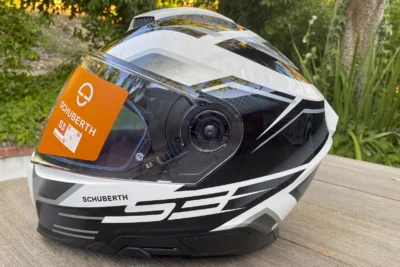
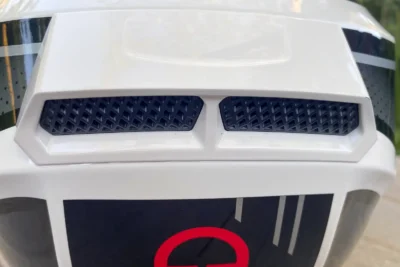
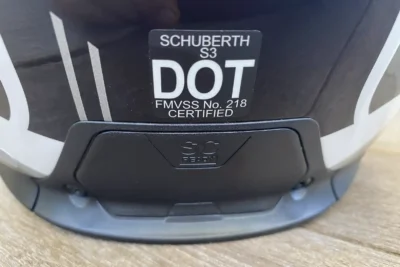
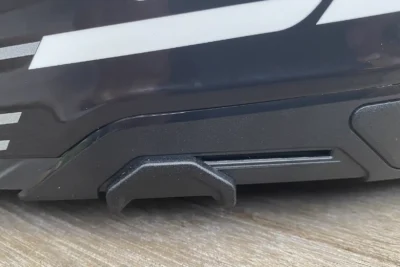
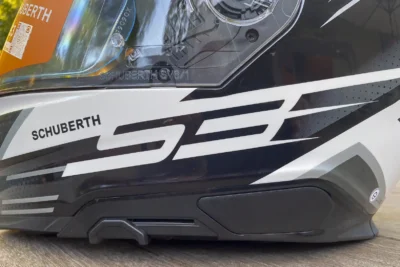
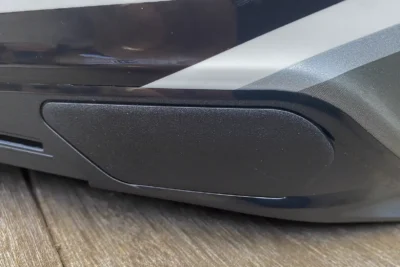
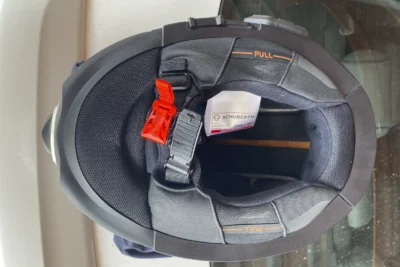
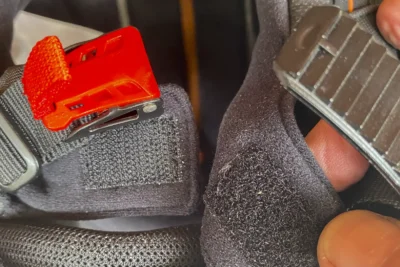
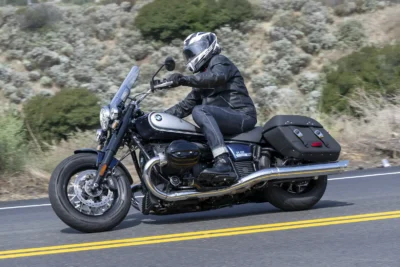

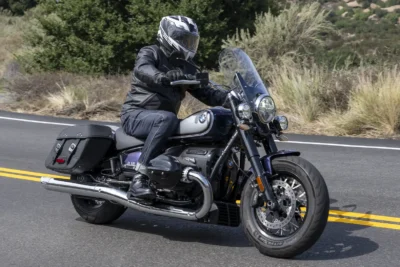
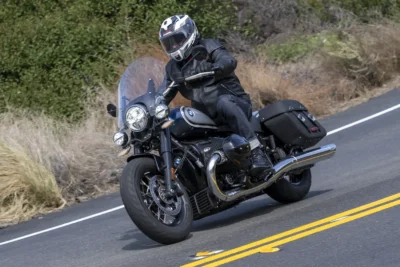
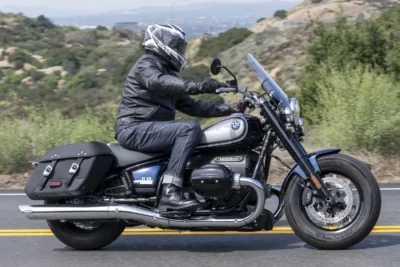

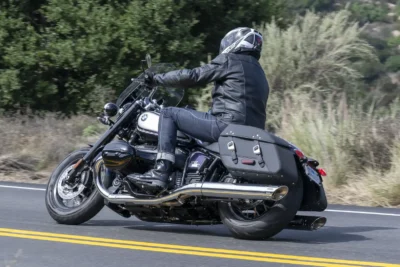
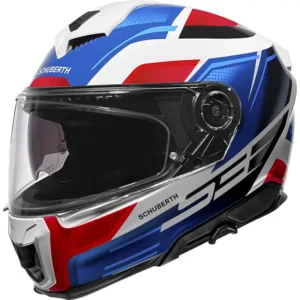
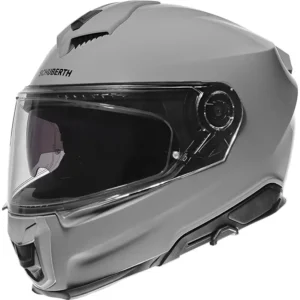
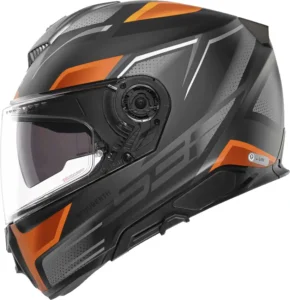
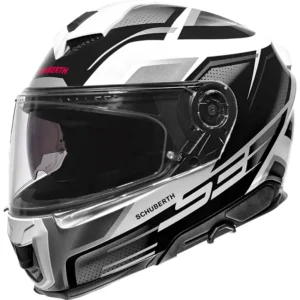
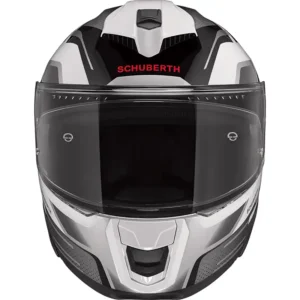
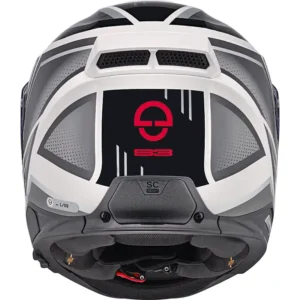
![2024 Suzuki V-Strom 800 Touring First Look [Fast Facts + Photos] 2024 Suzuki V-Strom 800 Touring First Look: MSRP](webp/2024-suzuki-v-strom-800-touring-first-look-3-218x150.webp)
![2023 Motocross of Nations Results, Video [France Dominates] 2023 Motocross Of Nations Results](jpg/2023-motocross-of-nations-start-218x150.jpg)
